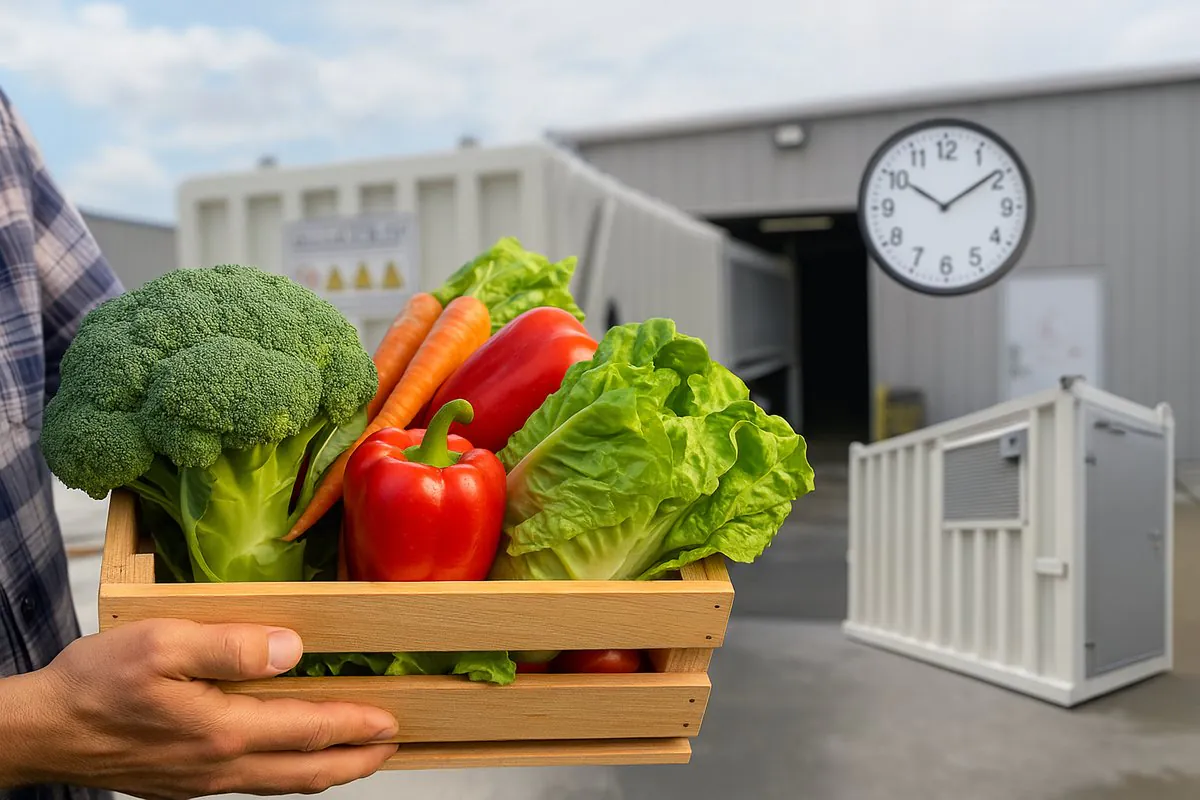
Does Vacuum Cooling Really Extend Vegetable Shelf Life More Than Traditional Methods?
Are you watching your profits wilt away with every batch of vegetables that spoil too soon? You invest so much in growing a perfect product, only for slow cooling to rob it of its freshness.
Yes, vacuum cooling significantly extends vegetable shelf life compared to traditional methods. By rapidly and uniformly stopping field heat, it preserves moisture, texture, and color far more effectively than slow, passive cooling in a cold room.
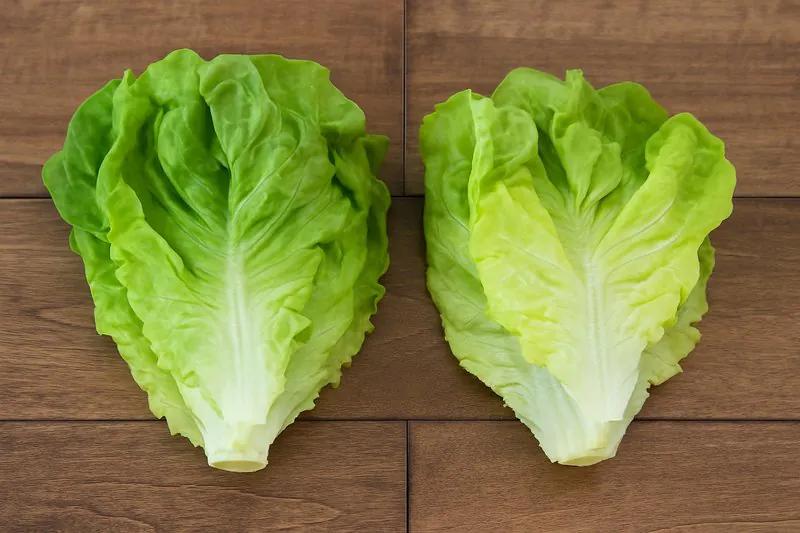
The difference isn’t small; it can be a matter of days or even weeks of extra freshness. This translates directly to less waste, happier customers, and a healthier bottom line. Let’s break down exactly why this modern technology outperforms the old ways.
How Does Cooling Speed Directly Translate to Longer Shelf Life?
Ever feel like you’re in a race against time the moment your vegetables are harvested? You are. Slow cooling means you’re losing the race, and valuable shelf life, with every passing hour.
Cooling speed is critical because it instantly halts respiration and enzymatic degradation—the "decay clock." Vacuum cooling stops this clock in minutes, while traditional methods let it run for hours, irreversibly shortening shelf life.
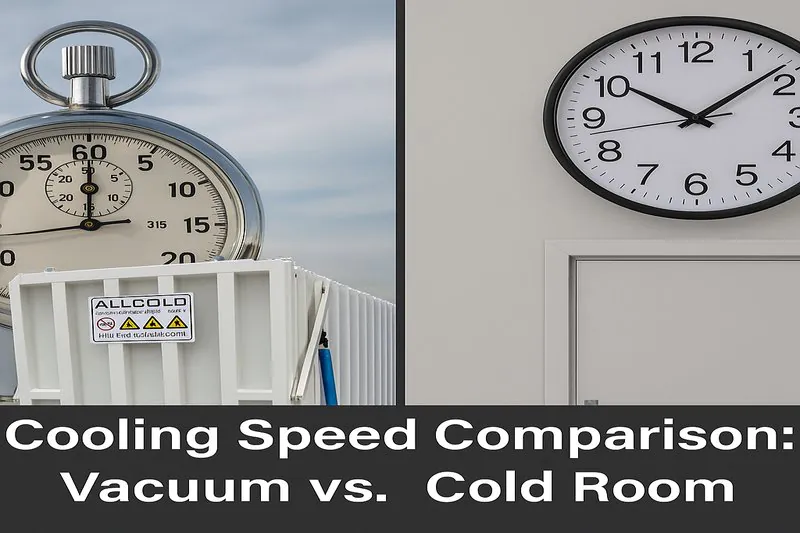
Imagine a head of lettuce harvested at 25°C (77°F). It’s alive and breathing fast, burning its own sugars and losing moisture. If you put it in a traditional cold room, it might take 18-24 hours for its core temperature to drop to a safe 2°C (36°F). For that entire day, it’s rapidly aging. Now, consider our vacuum cooler. We can take that same head of lettuce and bring its core temperature down to 2°C in just 25 minutes. We’ve effectively added almost a full day of peak freshness back to its life. For large-scale farmers like Carlos, who process tons of produce daily, this speed isn’t just a convenience; it’s a fundamental part of his profit model.
The Race Against Time: Cooling Methods Compared
The concept of "field heat1" is central here. It’s the heat a product holds from the sun and the ground at harvest. Removing it quickly is the single most important factor in post-harvest preservation. Slow cooling simply cannot keep up. While the outer layers of produce on a pallet might cool relatively quickly in a cold room, the product in the center remains warm for a very long time, creating "hot spots" where decay begins. Vacuum cooling2, because it works by forcing water to evaporate from the entire product surface simultaneously, cools everything—inside and out, top to bottom—at the same rapid pace. This uniform and swift removal of field heat is the first and most critical step in maximizing shelf life.
| Parameter | Vacuum Cooling | Traditional Room Cooling3 | Impact on Shelf Life |
|---|---|---|---|
| Time to Target Temp | 20-30 minutes | 12-24 hours | Vacuum cooling adds 12+ hours of peak freshness. |
| Respiration Rate | Halted almost instantly | Continues at a high rate for many hours | Less breakdown of sugars and nutrients with vacuum cooling. |
| Uniformity | Excellent; cools the entire pallet evenly | Poor; center of the pallet stays warm for hours | Prevents "hot spots" that initiate decay. |
| Throughput | High; multiple cycles can be run per hour | Very Low; requires large space for long periods | Allows for immediate processing of harvested goods. |
Why Do Vacuum-Cooled Vegetables Look Fresher and Last Longer?
Are your customers complaining that your vegetables look tired or wilted, even when they should be fresh? The cooling method you use has a direct impact on the visual and textural quality of your produce.
Vacuum cooling locks in freshness by preserving the vegetable’s cellular structure. The rapid cooling prevents wilting and moisture loss that occurs during long, slow cooling cycles, resulting in a crisper, more vibrant, and longer-lasting product.
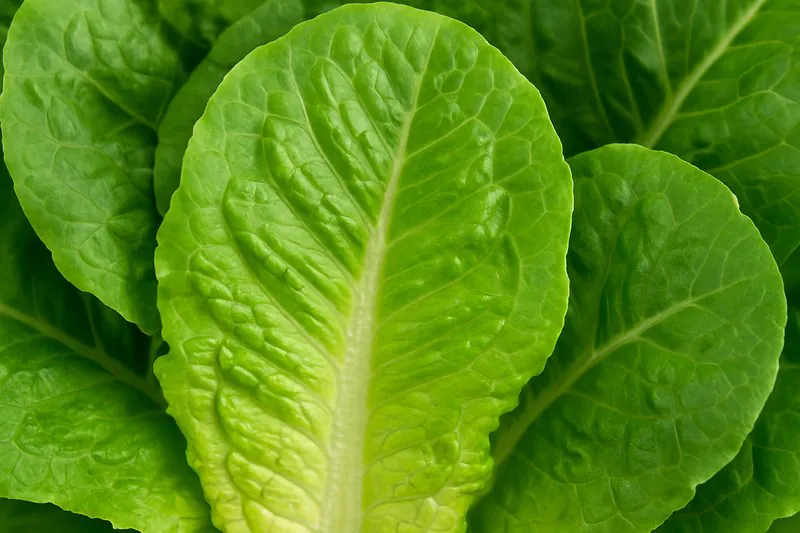
The crispness of a vegetable like lettuce is due to water pressure inside its cells, known as "turgor pressure." When a vegetable loses water, it loses this pressure and wilts. During a slow, 24-hour cooling process in a cold room, the dry, circulating air constantly pulls moisture from the produce, causing it to lose that vital turgor pressure before it’s even fully cooled. Vacuum cooling is different. The process is so fast that this prolonged moisture loss doesn’t happen. In fact, by rapidly chilling the product, we lock in the existing moisture and cellular integrity. This is why vacuum-cooled greens often look brighter, feel firmer, and have that desirable "snap." For a buyer like Norman, who is extremely sensitive to quality, this visual difference is a major selling point.
A Look at Post-Cooling Quality
Beyond just wilting, slow cooling allows enzymatic processes to continue, which can lead to other quality issues like yellowing in broccoli or browning on the edges of lettuce. These are signs of aging (senescence). Because vacuum cooling brings the temperature down so fast, it effectively freezes these enzymatic processes in their tracks. The result is produce that not only looks like it was just harvested but stays that way for longer. A head of broccoli that stays green for an extra week, or lettuce that remains crisp in a customer’s fridge, builds brand reputation. It proves you are a supplier who cares about quality from the field all the way to the final consumer. This is the level of quality we promise and deliver with our allcold systems.
| Quality Metric | Result with Vacuum Cooling | Result with Traditional Cooling | Why It Matters to Buyers |
|---|---|---|---|
| Texture (Crispness) | Excellent; turgor pressure is maintained. | Fair to Poor; wilting occurs due to water loss. | Firmer produce is perceived as fresher and higher quality. |
| Color | Vibrant; color degradation is halted. | Dull; yellowing/browning can occur. | Bright colors are a key indicator of freshness for consumers. |
| Nutrient Retention | High; Vitamin C is better preserved. | Lower; nutrients degrade during slow cooling. | A key benefit for health-conscious markets. |
| Overall Appearance | "Just-harvested" look, high appeal. | "Tired" or slightly aged look. | Better appearance leads to faster sales and less rejection. |
Is the Water Loss from Vacuum Cooling a Good or Bad Thing?
Have you heard that vacuum cooling causes water loss and worried it might dry out your product? It’s a common question, but it highlights a misunderstanding of how the technology actually works.
The small, controlled water loss (about 1%) in vacuum cooling is beneficial, as it’s the mechanism for evaporative cooling. This is far better than the continuous, uncontrolled moisture loss in traditional coolers that leads to wilting and weight loss.
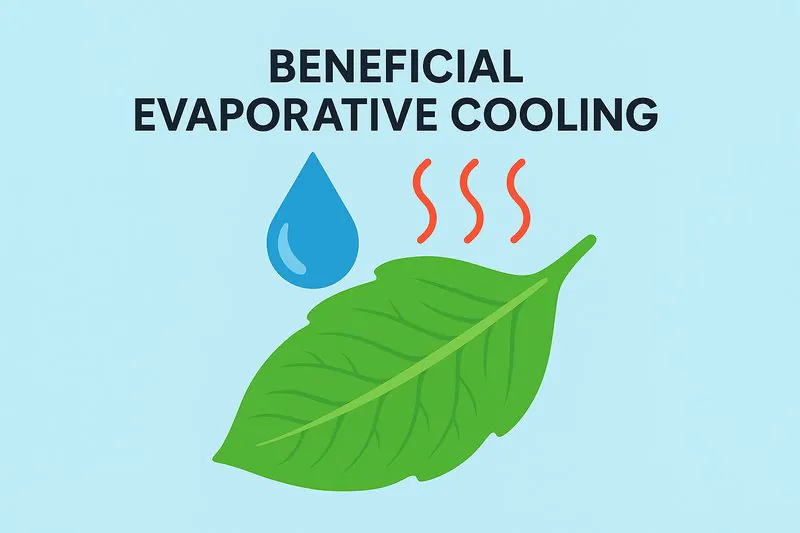
Here’s the science: vacuum cooling works by turning a tiny amount of the product’s own water into vapor. This phase change requires a lot of energy, and it pulls that energy—in the form of heat—from the vegetable itself. For every 5-6°C of cooling, about 1% of the product’s moisture is evaporated. This process is incredibly efficient and is the reason it cools so fast. Now, compare that to a traditional cold room. The dry, cold air is constantly circulating, wicking moisture from the surface of the produce for 12, 18, or 24 hours. This leads to significant wilting and loss of saleable weight, without providing the same rapid cooling benefit. So, the small, one-time water loss in vacuum cooling is actually a smart trade-off for instant cooling and preservation.
Understanding Water Loss: A Key Differentiator
For a manager like Sophia, who needs to meet precise specifications, understanding this distinction is crucial. The water loss in vacuum cooling4 can even be pre-compensated by lightly misting the product before it goes into the chamber. This ensures there is zero net moisture loss, giving you all the benefits of rapid cooling without any loss of weight. You simply cannot do this with traditional cooling; any water you add to the surface will either be blown off or contribute to potential microbial growth over the long cooling period. The controlled, predictable nature of water loss in vacuum cooling4 is a feature, not a flaw. It demonstrates a more elegant and scientific approach to preservation, resulting in a heavier, fresher, and more valuable final product.
| Parameter | Vacuum Cooling | Traditional Room Cooling | Impact on Your Business |
|---|---|---|---|
| Mechanism of Water Loss | Rapid evaporation for cooling | Slow dehydration from dry air | Vacuum cooling’s water loss is functional and beneficial. |
| Amount of Water Loss | Predictable & controllable (~1%) | Uncontrolled & continuous | Predictability allows for accurate weight management. |
| Impact on Product Quality | Locks in remaining moisture, maintains crispness. | Causes wilting and loss of turgor pressure. | Superior final product quality. |
| Compensation Possible? | Yes, by pre-misting. | No, impractical and risky. | Gives the operator total control over final product weight. |
How Does Superior Cooling Reduce Waste and Boost Your Profits?
Ultimately, why should you invest in a different cooling technology? Because watching produce spoil is like setting piles of cash on fire. Reducing that waste is pure profit.
By dramatically extending shelf life and preserving quality, vacuum cooling directly reduces spoilage-related losses. This increases your volume of sellable inventory, enhances your brand’s reputation, and improves your overall profitability.

Let’s put it all together. You use a vacuum cooler. Your produce cools in 30 minutes instead of 24 hours. This adds days, sometimes a week, to its shelf life. Your waste from spoilage drops significantly. A 5% reduction in waste doesn’t just save you 5% in costs; it often adds 5% directly to your sellable revenue, which has a much bigger impact on profit. Your vegetables look fresher and last longer, so buyers like Norman are happier and may even pay a premium. You can process harvests faster, satisfying the high-volume needs of operations like Carlos’s farm. The consistency and food safety standards meet the strict requirements of food service managers like Sophia. It’s a chain reaction that starts with better cooling and ends with a stronger, more profitable business.
From Cooling Method to Your Bottom Line
Investing in advanced technology like an allcold vacuum cooler5 isn’t an expense; it’s an investment in efficiency and quality that pays for itself. When you can reliably deliver a superior product that lasts longer, you become a preferred supplier. You spend less time dealing with rejections, credit claims, and unhappy customers. Instead, you can focus on growing your business, confident that the quality you produce in the field is the same quality that reaches the end consumer. This is the strategic advantage that modern cooling technology provides. It’s not just about keeping things cold; it’s about building a more resilient and profitable business from the ground up.
| Business Metric | Impact from Vacuum Cooling | Impact from Traditional Cooling |
|---|---|---|
| Product Waste | Significantly reduced due to longer shelf life. | High, due to spoilage and quality loss. |
| Sellable Inventory | Maximized; more product reaches the market. | Reduced; significant portion is lost or discounted. |
| Brand Reputation6 | Enhanced; known for premium, lasting quality. | Standard; may be associated with inconsistent quality. |
| Return on Investment (ROI)7 | High; driven by waste reduction and premium pricing. | Low; high operational costs for space and energy. |
Conclusion
Vacuum cooling is not just another option; it is a fundamentally superior technology for preserving vegetable freshness. It delivers a longer shelf life, higher quality, and greater profitability than any traditional cooling method.
-
Understanding field heat is crucial for effective post-harvest practices. Explore this link to learn more about its impact. ↩
-
Vacuum cooling is a game-changer in preserving freshness. Discover its benefits and applications in this informative resource. ↩
-
Traditional room cooling has significant drawbacks. Learn why vacuum cooling is often preferred for better shelf life. ↩
-
Explore this link to understand the science behind water loss in vacuum cooling and its benefits for product preservation. ↩ ↩
-
Explore how an allcold vacuum cooler can enhance efficiency and product quality, leading to better business outcomes. ↩
-
Learn how advanced cooling methods can enhance your brand’s reputation and customer trust in the market. ↩
-
Understanding the ROI of vacuum cooling can help you make informed decisions about technology investments for your business. ↩

Mila
You May Also Like
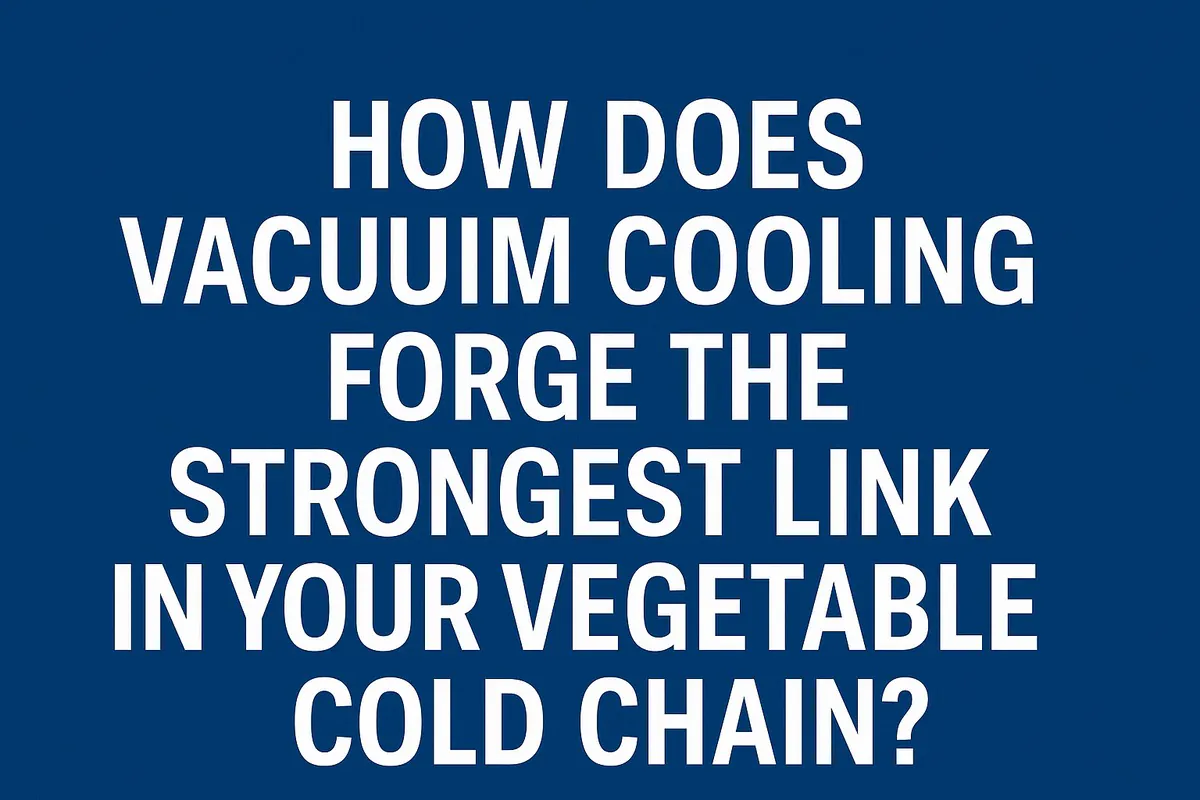
How Does Vacuum Cooling Forge the Strongest Link in Your Vegetable Cold Chain?
You work tirelessly to grow perfect, healthy vegetables. Yet, you know that from the moment of harvest, an invisible clock
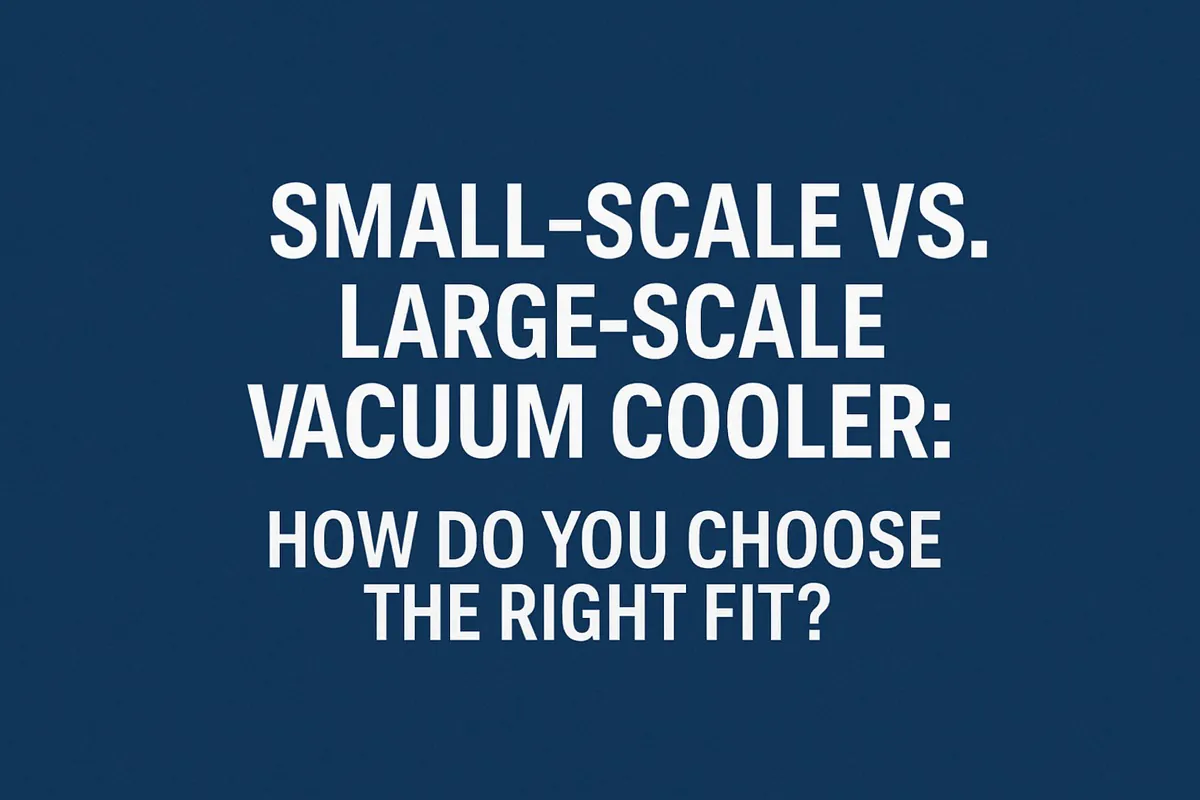
Small-Scale vs. Large-Scale Vacuum Cooler: How Do You Choose the Right Fit?
You’re convinced that vacuum cooling is the key to elevating your product quality, but now you face a critical decision.
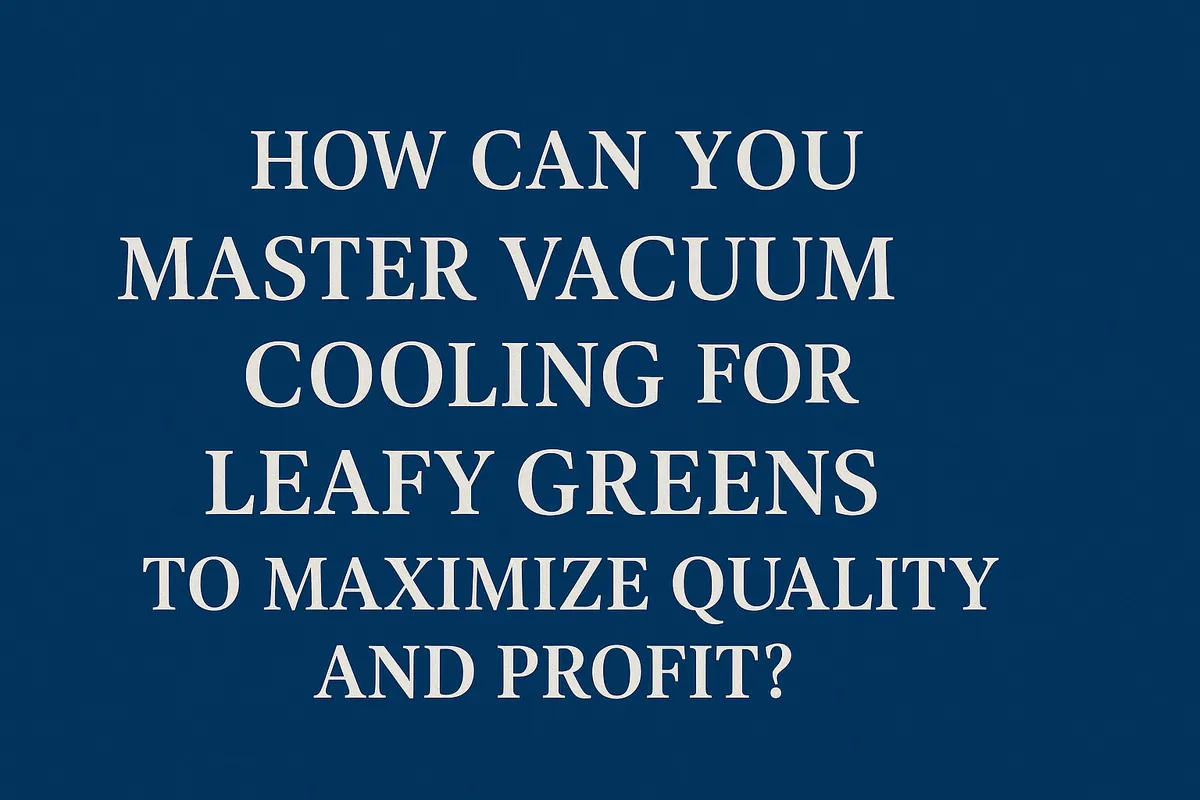
How Can You Master Vacuum Cooling for Leafy Greens to Maximize Quality and Profit?
You grow beautiful, vibrant leafy greens, but you know the invisible enemy is time. From the moment of harvest, the
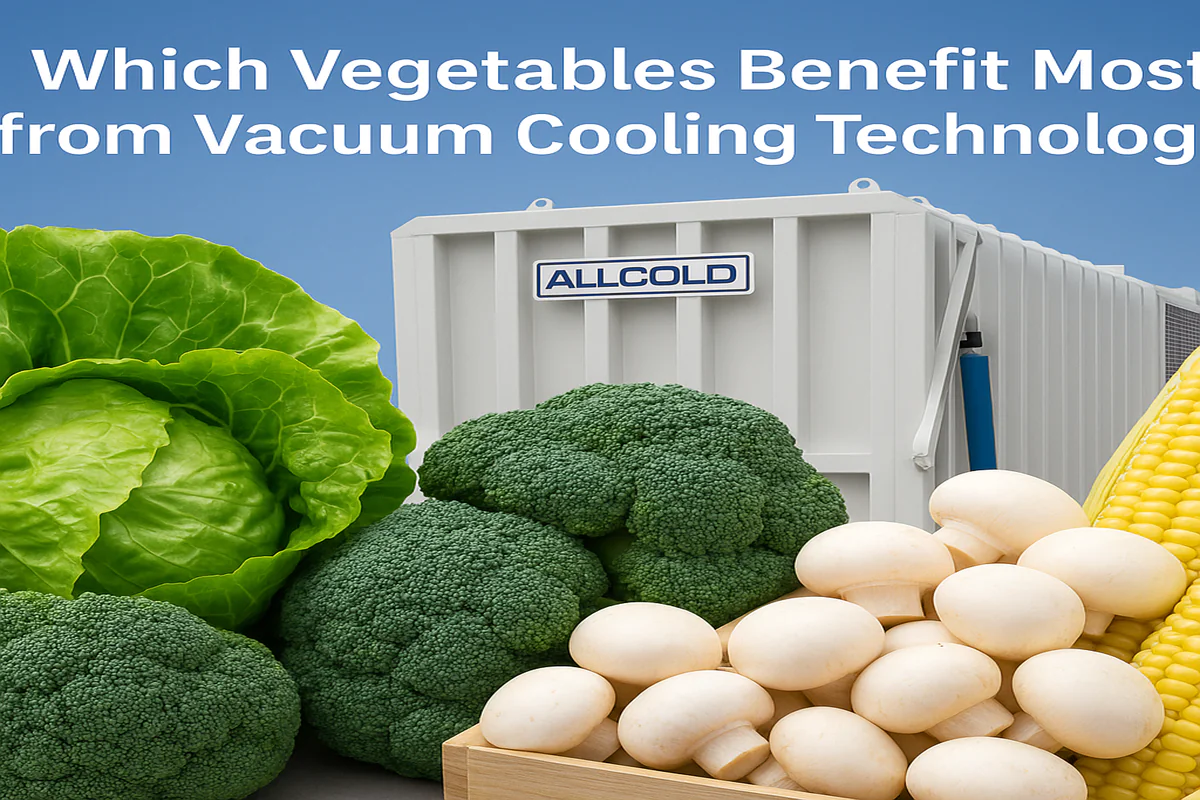
Which Vegetables Benefit Most from Vacuum Cooling Technology?
You see the promise of rapid cooling, extended shelf life, and superior quality, but you’re unsure if this technology is
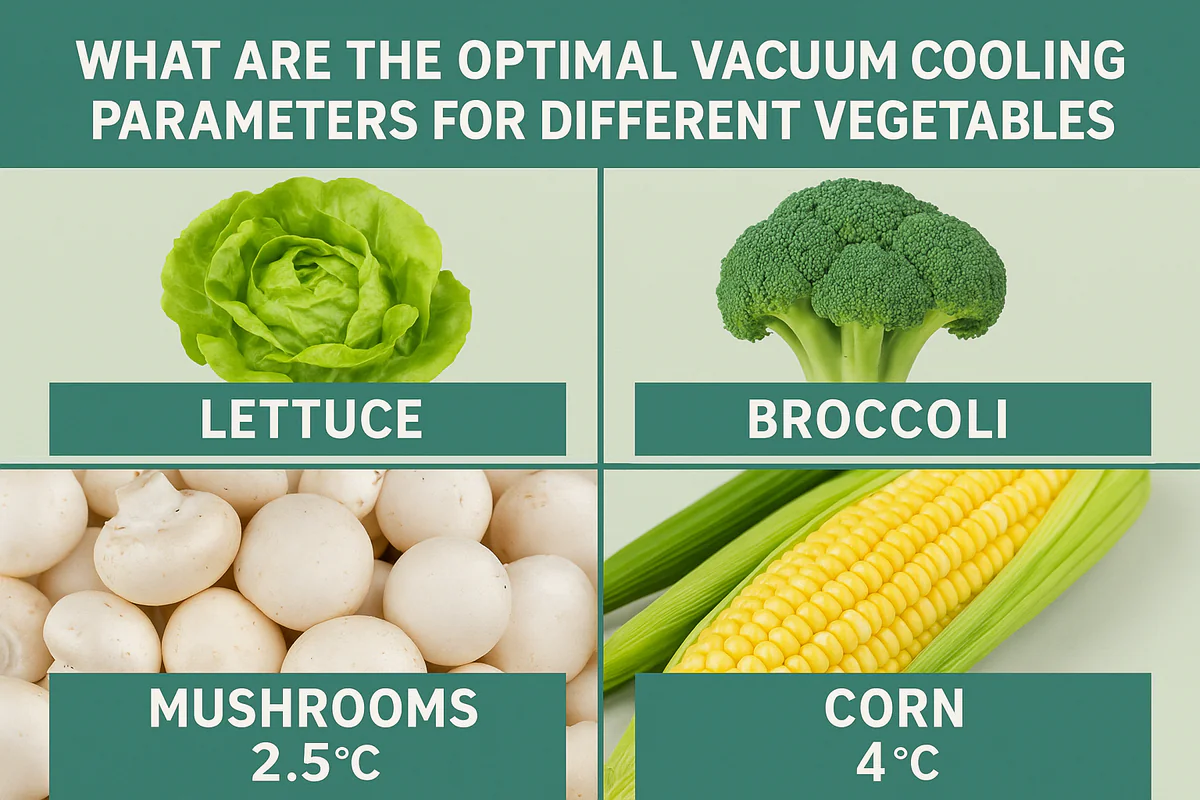
What Are the Optimal Vacuum Cooling Parameters for Different Vegetables?
You’ve harvested beautiful produce, from crisp lettuce to delicate mushrooms. But using a "one-size-fits-all" setting on your vacuum cooler feels
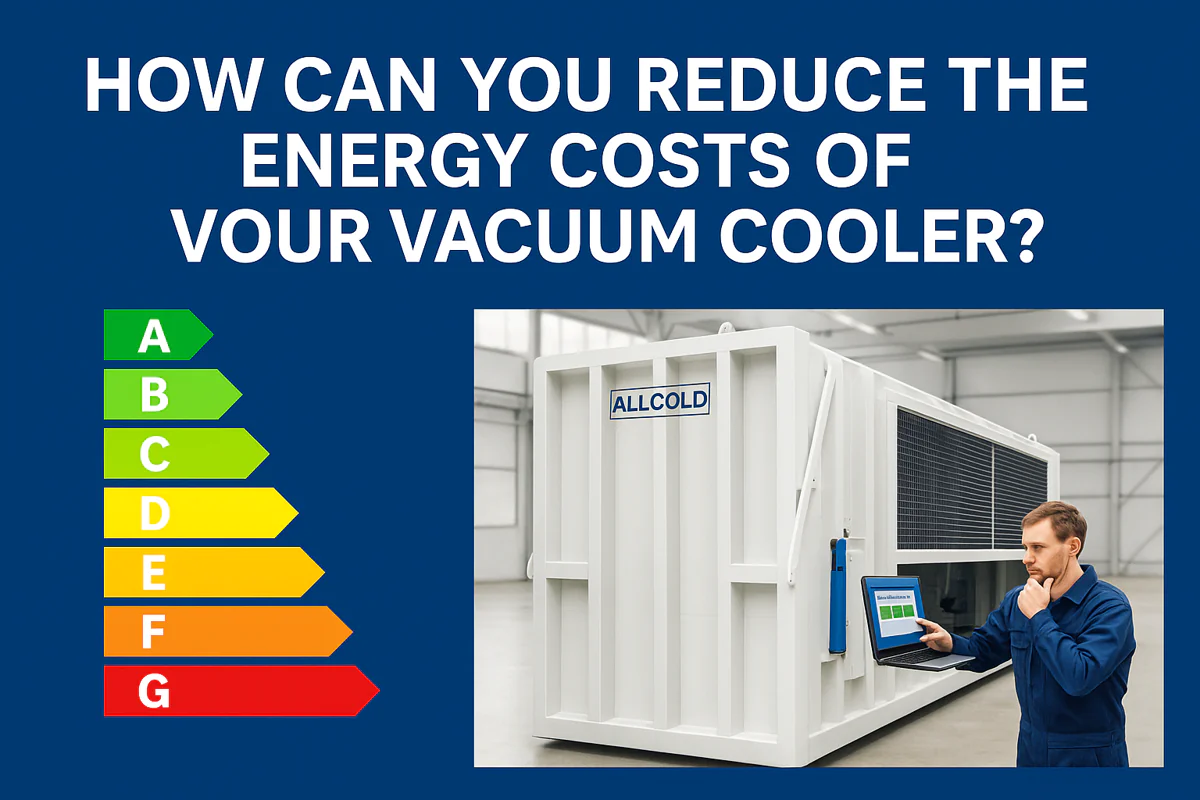
How Can You Reduce the Energy Costs of Your Vacuum Cooler?
Your vacuum cooler is a powerhouse of productivity, but your monthly electricity bill is climbing. You’re starting to wonder if
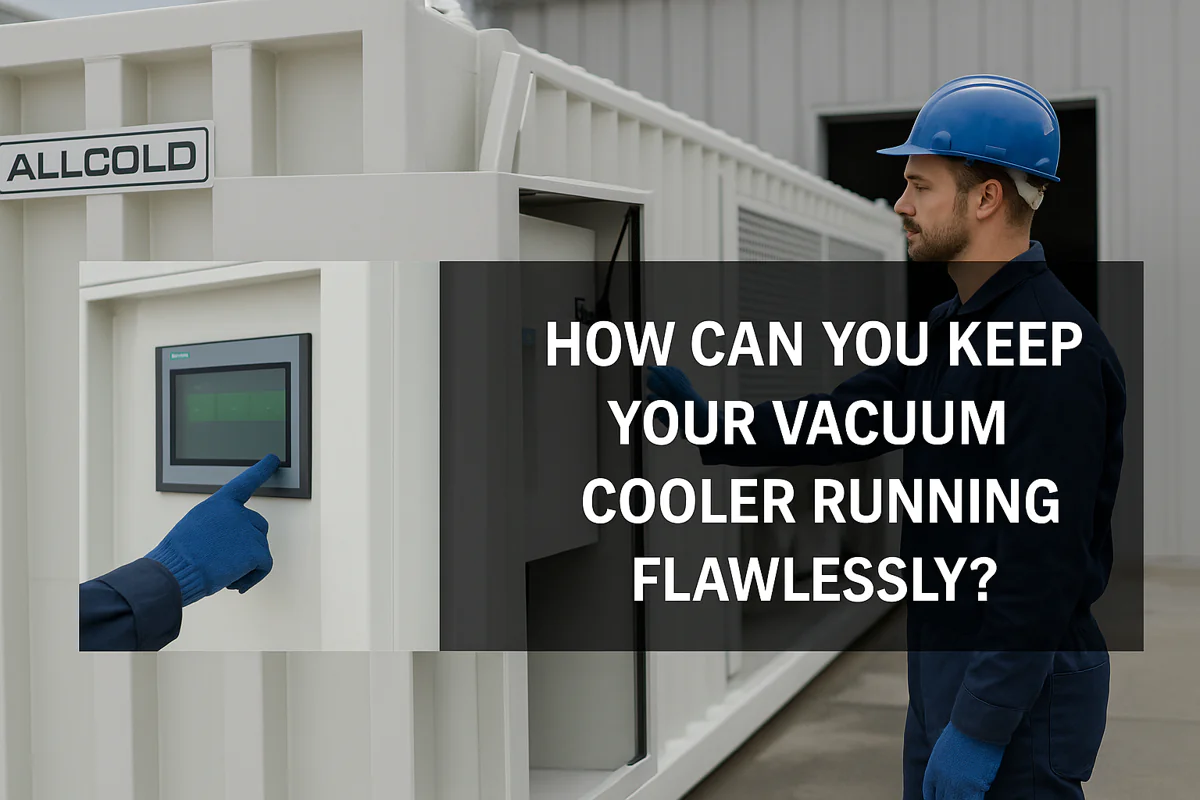
How Can You Keep Your Vacuum Cooler Running Flawlessly?
Your vacuum cooler is a vital asset, but you’re worried about unexpected breakdowns during peak season. Neglecting maintenance feels like
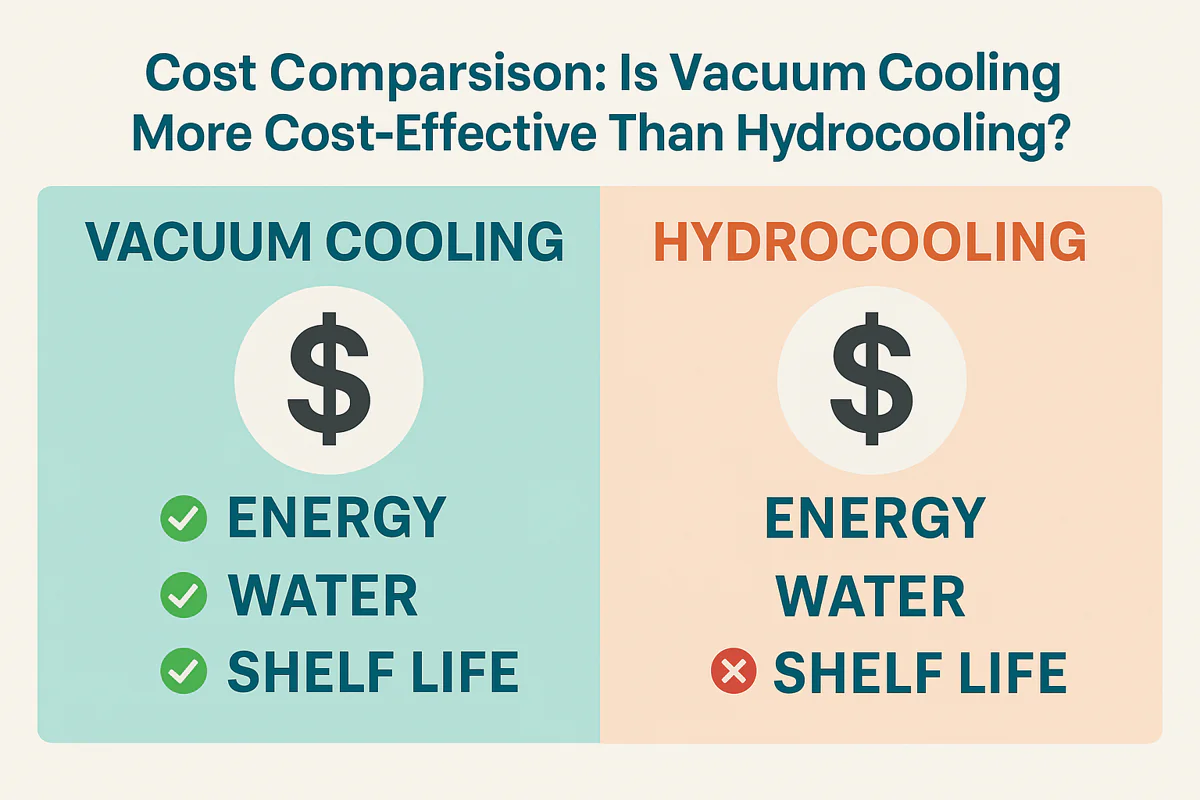
Cost Comparison: Is Vacuum Cooling More Cost-Effective Than Hydrocooling?
Choosing between cooling technologies feels like a high-stakes gamble. You need to lower your operational costs, but the wrong decision
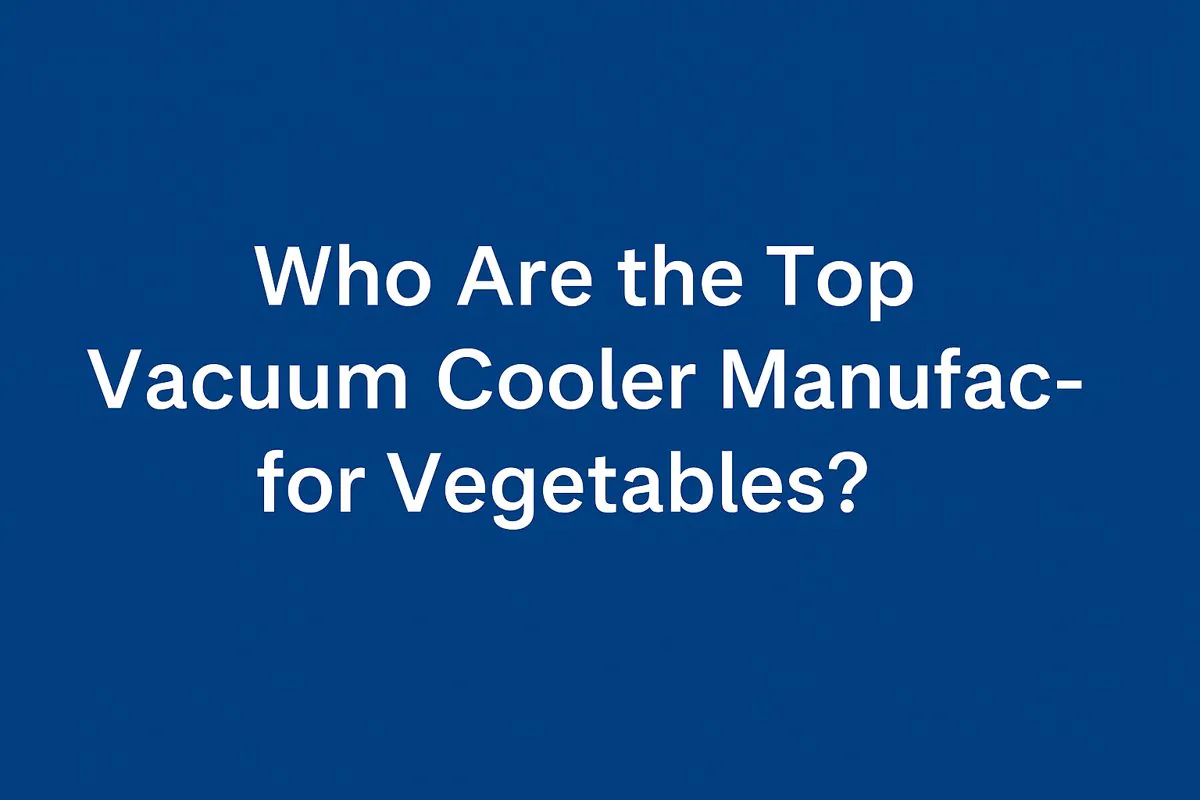
Who Are the Top Vacuum Cooler Manufacturers for Vegetables?
Searching for a list of top vacuum cooler brands can be overwhelming. You’re not just buying a machine; you’re investing
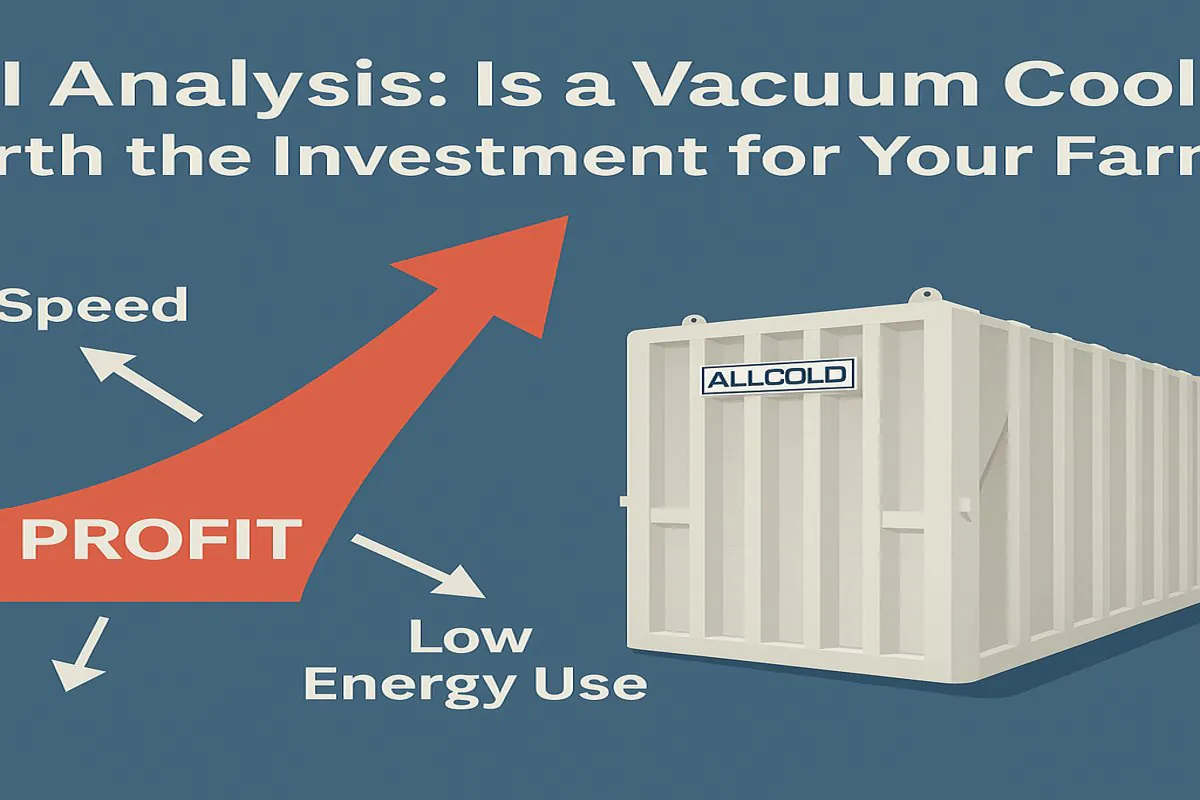
ROI Analysis: Is a Vacuum Cooler Worth the Investment for Your Farm?
You see the high upfront cost of a vacuum cooler and hesitate. But slow cooling methods and post-harvest losses are
